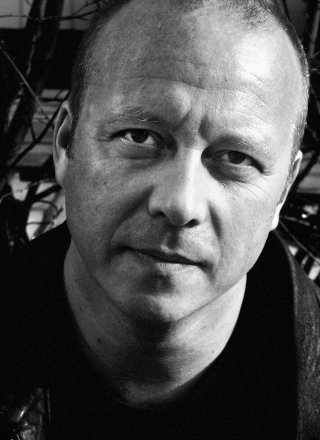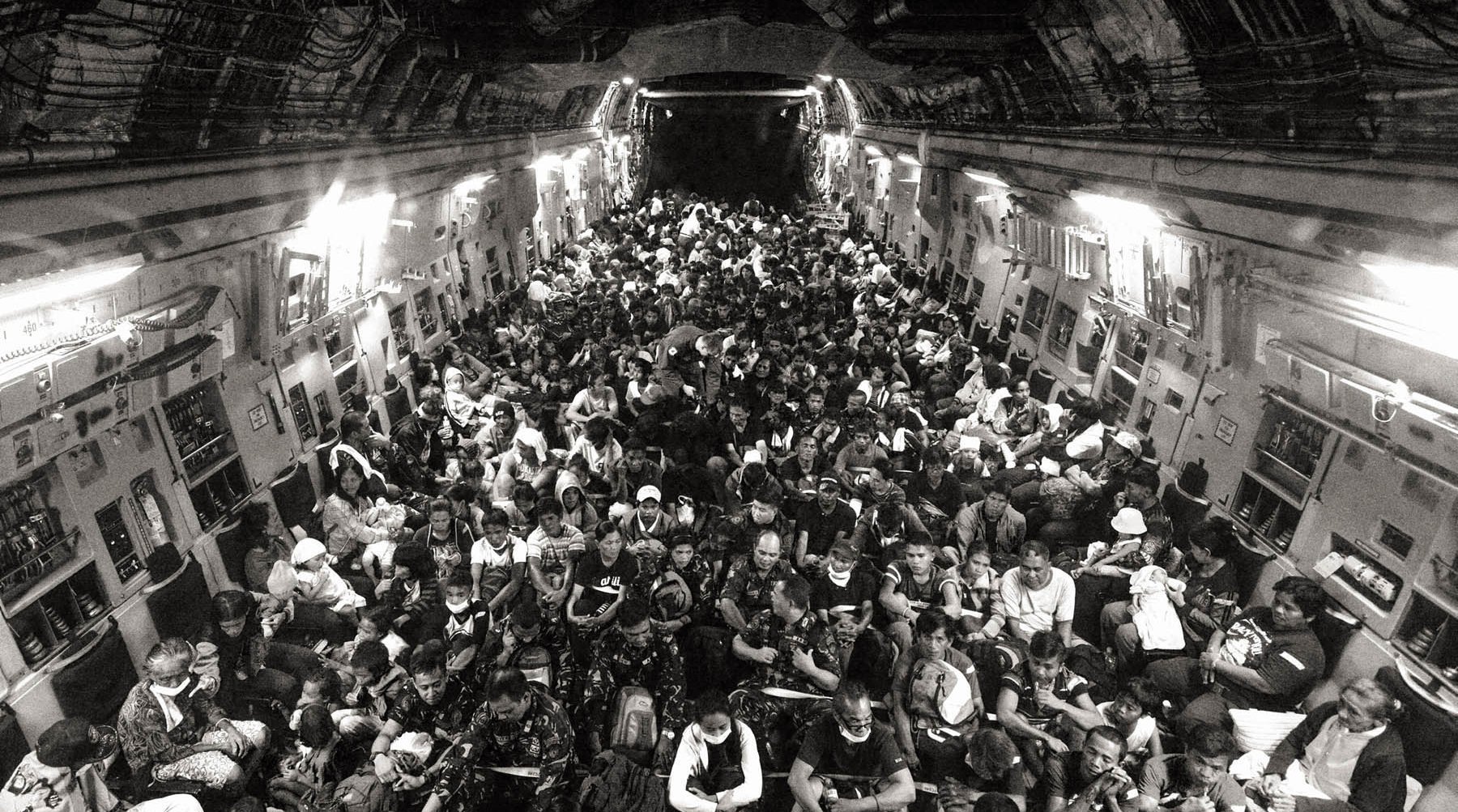
The Eye of the Storm
Sean Sutton
MAG / Panos Pictures
Typhoon Haiyan struck the Philippines on November 8, 2013, killing more than 6000. Haiyan (known locally as Yolanda) had sustained winds of 315 kph [200 mph], making it the strongest typhoon ever to reach landfall and the deadliest on record. Much of the coastal city of Tacloban on Leyte Island was directly in the path of the storm and was devastated by the winds and the 5 to 8-meter high storm surge. Thousands lost their homes and were displaced. What was left was an apocalyptic landscape, testament to the awesome power of nature.
The main victims were poor and vulnerable, living in shantytowns of flimsy wooden buildings along the shore. All these neighbourhoods were pulverised by the storm surge.
Locals reported seeing the bay empty before the surge. Some recognised this as a warning sign and fled to higher land and more solid buildings. But thousands in the city of Tacloban were not so lucky as a series of “massive black waves” surged inland. For weeks, bodies lay tangled in the debris and by the roadside.
Preview

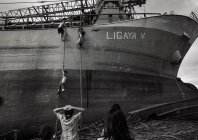
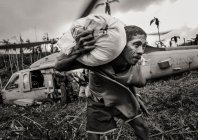
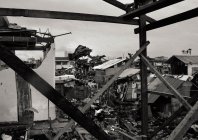
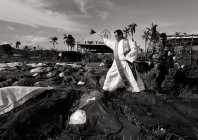
I spent two weeks in Tacloban soon after the storm, and returned in early January for a further week, documenting the destruction, the humanitarian aid and the incredible efforts made to clean up and rebuild.
In the first ten days more than 50 000 people were evacuated by air to Cebu and Manila, with assistance from the US Pacific Fleet and the US Air Force which also delivered aid to remote areas.
The most striking aspect of the tragedy was the spirit of the people and their amazing attitude towards the future. This may be explained, at least in part, by their faith and the firm belief that all will be well in the end. The people of Tacloban have great resilience and are determined to build a better future out of the ruins. But they are worried that as international interest in their plight fades, so will the deliveries of essential relief supplies. Houses have been destroyed, and livelihoods too; it will be some time before the communities in areas hit by the super typhoon can stand on their own again.
Most of the pictures are from November and December 2013; some were taken ten weeks after the storm, in January 2014.
Sean Sutton





